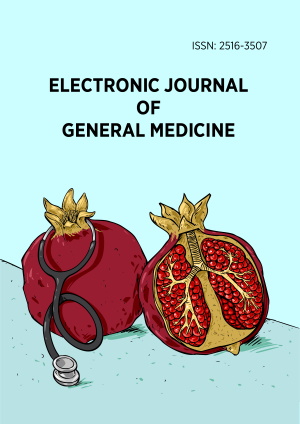Abstract
This research aims to develop and assess a mathematical model based on linear programming (LP) to optimize the distribution of COVID-19 vaccines, considering population priority groups, epidemic dynamics, and vaccine availability. We analyzed data on morbidity, mortality, and vaccine distribution in Russia using LP methods, scenario modeling, and statistical analysis. The findings of the study indicate a significant reduction in overall mortality to 5.2 per 100,000 individuals, with a vaccine effectiveness of 89% and vaccination coverage reaching 80%. The model incorporates epidemic parameters such as morbidity, mortality rates, virus spread rate, and characteristics of population groups, including age categories, healthcare and education workers, and vulnerable groups such as the elderly and those with chronic conditions. LP was applied to optimize vaccine distribution by formulating an objective function and constraints based on factors such as vaccine availability, population priorities, and epidemic dynamics, with scenario modeling used to simulate different epidemic conditions and assess the model’s stability and effectiveness. The assessment of differences using a 99.5% confidence interval and statistical significance in vaccine distribution changes yielded p < 0.001. The developed LP model effectively optimized vaccine distribution, reducing overall mortality and ensuring vaccination efficiency. The results were adapted to various epidemic scenarios and successfully correlated with real-world data obtained from official statistical reports of the Ministry of Health of the Russian Federation, regional epidemiological centers (including the Moscow Center), and vaccine manufacturers. The data covered the period from January 2021 to December 2022. To achieve a substantial impact of vaccines, it is essential to reach a population coverage of 60-70%.
License
This is an open access article distributed under the Creative Commons Attribution License which permits unrestricted use, distribution, and reproduction in any medium, provided the original work is properly cited.
Article Type: Original Article
ELECTRON J GEN MED, Volume 22, Issue 4, August 2025, Article No: em658
https://doi.org/10.29333/ejgm/16367
Publication date: 01 Jul 2025
Online publication date: 14 May 2025
Article Views: 1781
Article Downloads: 1376
Open Access References How to cite this article
 Full Text (PDF)
Full Text (PDF)